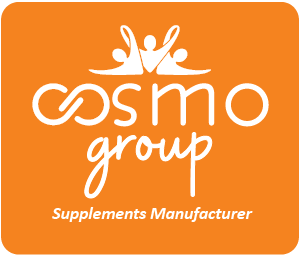The famous cousin.
Mesenchymal stem cells, as a potential therapeutic tool, are currently a star of the clinical field. Isolated cells are nevertheless classified as biomedicine and as such fall under many complex regulations. We all agree that more medicine in our bodies and more paperwork on our desks is not necessarily what we want to see more of in the world. Which points out the need for an alternative cell-free treatment.
Recycling is the new sexy.
The saying goes No pain no gain.. yet avoiding taking additional medication (for 5 days prior to stem cell collection from blood) that will move cells from bone marrow to the bloodstream but also result in flu-like symptoms or (while under anaesthesia) having a needle inserted into your rear pelvic bone seems like quite a gain for us. A very rich source of mesenchymal stem cells with a comparatively low collection invasiveness is closer than we think.
It is the sustainable energetic reserve of a human body – the adipose (fat) tissue, which is now (as a side product of liposuctions) being treated as a bio-waste.
Even the smallest vesicle can change the course of the future.
Adipose tissue is a heterogeneous tissue that can be divided into two fractions: the adipocytes (fat cells) and the stromal vascular fraction. The later then consists of the extracellular matrix, a fellowship of various cells (like lymphocytes, monocytes, fibroblasts, stem cells) and released as a mediator of inter-cell communication: the secretome, consisting of proteins (such as growth factors and hormones) and vesicles – exosomes.
Recent studies showed that the regenerative capacity (in organs, brain, retina and joint cartilage) of the secretome alone, without adipose-derived stem cells or any other cells, is similar to the regenerative capacity of the whole lipoaspirate, revelling that exosomes, are important transporters of biological peptides, miRNA, chemokines, cytokines, enzymes, immunoregulatory, trophic and growth factors.
Our precious..
An exosome is a small, single-membrane, secreted organelle that has the same topology as its parent cell. It has the potential to attract cells and to stimulate differentiation, proliferation and vascularization which are essential in tissue regeneration.
Fortunate for us, that’s mostly all that we are made off.
What’s in it for me, a healthy individual in my prime?
Our biggest organ – skin – undergoes constant maturation process, losing its vitality as we speak or, in other example, despite young age showing discoloration or (post -acne, -accident or -surgical intervention) scars or difficult to heal wounds.
..and our vision.
The regenerative activity of exosomes, as well as protocols to isolate them, are currently under extensive (time- and cost-consuming ) study and yield promising results.
To date, however, no medical device is available to isolate and evaluate (with the use of multi-omics) the number and dimension of exosomes and to investigate the origin of these extracellular vesicles (basing on an antigen assay), in order to use them in well controlled cell-free, affordable therapies, which inspired the drive to make it our focus.
Hence, where others see waste, we see a key player of healthy aging and longevity and are, in collaboration with Dr Patrick Tonnard, excited to make this kick-off our contribution to science.
